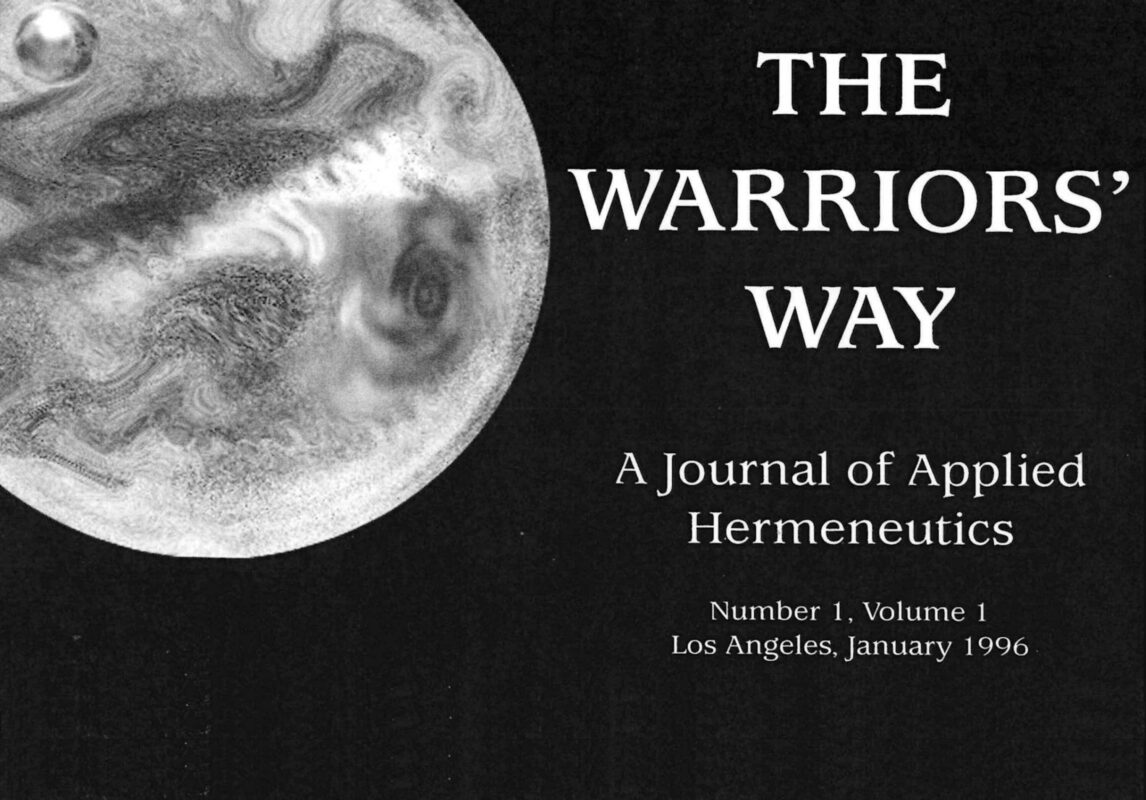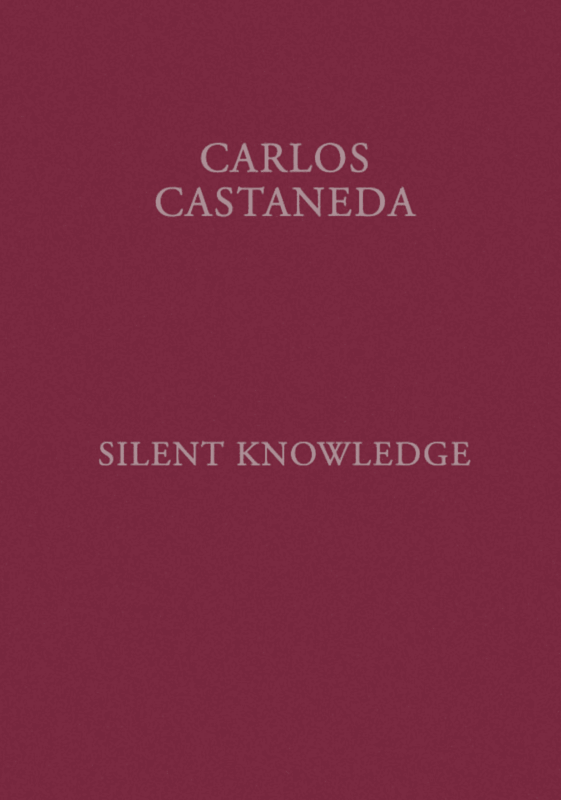Journal of Applied Hermeneutics – Queries about the Warriors’ Way: The path without a teacher, Carlos’ plan, and Tensegrity
Carlos Castaneda addresses common inquiries about his role and the nature of Tensegrity and the warriors’ way. He clarifies that he sees himself as a counselor, aiming to guide others towards freedom from a “sight from the bridge” — a state of total silence where one perceives the present without the biases of the past or future. He emphasizes that the path is not about following a personal guru, as don Juan himself was a sorcerer perpetuating a lineage, not a teacher in the conventional sense. Instead, the true guide is the impersonal spirit or life force, accessible through inner silence. Castaneda explains that Tensegrity is a modernized system of “magical passes” — movements developed by ancient Mexican shamans to directly perceive energy — which were kept secret until now, as don Juan’s lineage concludes with his four disciples, freeing them to share this knowledge for the benefit of all, promoting well-being and breaking free from the constraints of everyday perception and self-importance.

